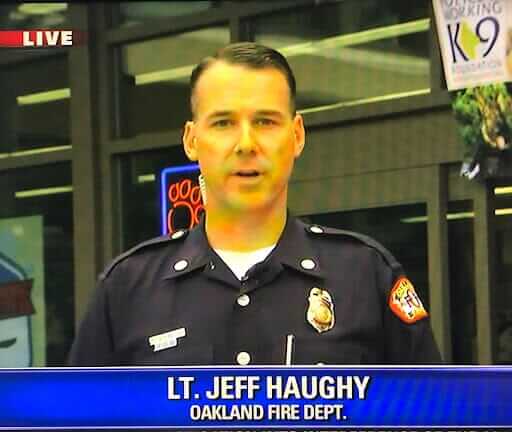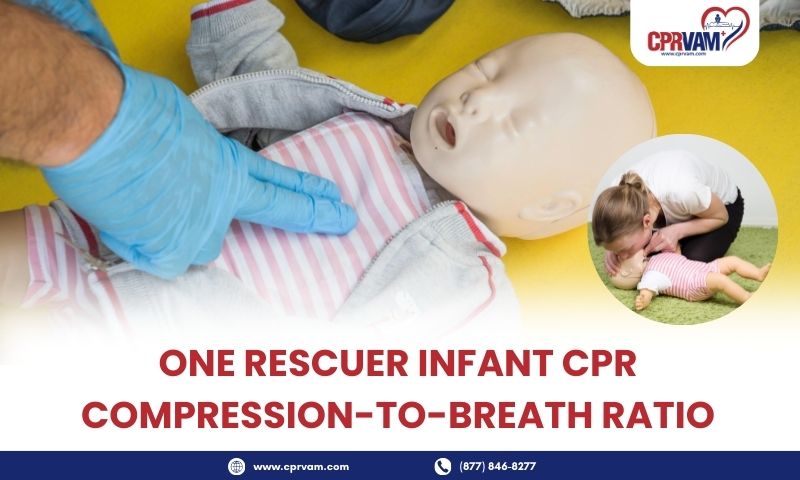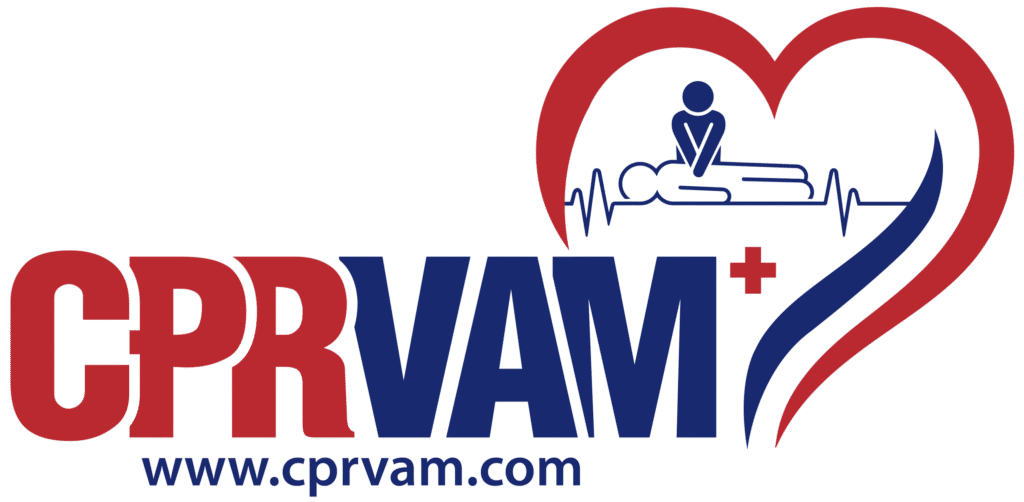While performing CPR, you may hesitate to apply the recommended compression depth because of the fear of breaking a cardiac arrest victim’s ribs. One of the most common questions is, “Does CPR break ribs?” The answer is yes—rib fractures can happen, especially if compressions are too deep or delivered with excessive force. Studies suggest the risk can be around 30%, depending on the person’s age, overall health, and the depth of compressions applied.
It is crucial to understand the risk, but it’s equally important to remember that effective chest compressions save lives. In this article, we’ll explore why proper compression technique matters and how to perform high-quality CPR to give the victim the best chance of survival.
Why Rib Fractures Can Occur During CPR?
Rib fractures during CPR can happen for several reasons, including the victim’s age, overall health, and the force applied during compressions. Studies report that rib fractures occur in over 70% of CPR cases, with an average of 7 to 8 ribs broken per person. While the possibility of rib injury is significant, most healthcare professionals recognize that fractures are a common and acceptable risk when performing life-saving CPR.
1. Age
Bone density naturally decreases with age, making bones more susceptible to fracture. This is especially true for older adults and women after menopause. As a result, older victims are more susceptible to rib fractures during CPR. Despite this risk, performing CPR correctly is essential, as proper chest compressions greatly increase the chances of survival in cardiac arrest and other emergencies such as drowning or choking.
2. Forceful compression
While strong chest compressions are essential to keep blood flowing to the heart and brain during cardiac arrest, applying too much force can increase the risk of rib fractures. The key is to maintain the correct depth and rhythm, compressing hard enough to be effective but not so forcefully that unnecessary injury occurs. Proper hand placement, consistent compression speed, and allowing the chest to fully recoil between compressions are all crucial for delivering life-saving CPR safely and effectively.
3. CPR Techniques
Rib fractures can also occur if CPR is performed incorrectly. Following proper techniques is essential to minimize injury and maximize the chances of survival. According to the American Heart Association (AHA) guidelines, adults should receive chest compressions at a rate of 100–120 per minute with a 30:2 compression-to-breath ratio. For infants and children, use the recommended compression depth and ratio appropriate for their age and size. Correct technique helps deliver effective CPR while reducing the risk of rib fractures.
4. Underlying Health Conditions
Certain health conditions can make ribs more fragile and increase the risk of fractures during CPR. For example, osteoporosis, brittle bone disease, or other chronic illnesses weaken the bones, making them more prone to breaking under the pressure of chest compressions. Even with correct CPR technique, individuals with these conditions are more vulnerable, but effective CPR is still critical for survival.
How to Respond to a Rib Fracture While Giving CPR?
Rib fractures during CPR can be alarming, but quick and careful action can help prevent further complications. While broken ribs often heal on their own, it is important to manage pain, support breathing, and get medical attention as soon as possible. Taking immediate steps can also improve the chances of survival for a cardiac arrest victim. Here are the key steps to follow right after a rib fracture occurs.
1. Recognize the sign
While performing CPR, you need to stay very focused. Keep checking the victim’s heart rhythm and pay attention to any warning signs. Signs of a possible rib fracture include a cracking or popping sound, signs of pain or resistance from the victim, and swelling around the chest. Recognizing these early helps you adjust your technique while still providing life-saving care.
2. Continue CPR
It can be difficult to continue CPR if the victim’s ribs break, but remember that broken ribs can heal, whereas cardiac arrest can be fatal. Your main goal is to perform effective chest compressions to keep blood flowing and give the victim the best chance of survival. Stay focused on proper technique, depth, and rhythm, even if ribs are fractured. Perform compressions at a rate of 100–120 per minute with a 30:2 compression-to-breath ratio.
3. Call for help
Even if you are trained in CPR, the victim still needs professional medical care. Call emergency services (EMS) right away or ask someone nearby to call. While waiting for help to arrive, continue giving chest compressions at the correct depth and rate.If an AED is available, use it and follow the voice prompts. Stay calm, keep the airway open, and watch the victim’s breathing and heart rhythm.
4. Check hand placement
When giving chest compressions, always place your hands in the correct spot. Put the heel of one hand in the center of the chest, right between the nipples, and place your other hand on top. While placing your hand, keep your fingers lifted so they don’t press on the ribs. Proper hand placement helps push on the heart through the breastbone, making CPR more effective and reducing the chance of breaking ribs.
5. Rescue breathing
If you are trained in CPR, administer rescue breaths in conjunction with chest compressions. For adults, use a ratio of 30 compressions to 2 breaths. Make sure the victim’s airway is open by tilting the head back and lifting the chin. Give slow, steady breaths just enough to make the chest rise. Rescue breathing helps supply oxygen to the lungs and brain while you continue life-saving compressions.
6. Monitor patient condition
While waiting for healthcare professionals to arrive, keep checking the victim’s condition. Monitor their heart rhythm, breathing, and responsiveness. If the victim becomes stable and is breathing on their own, place them in the recovery position to keep the airway open and reduce the risk of choking. Stay with them and continue to observe until professional help takes over.
How to minimize rib injuries?
Whether you are a bystander or a healthcare professional, it’s important to perform CPR correctly to reduce the risk of rib injuries. While responding, compress the chest to the AHA-recommended depth: about 2 inches (5 cm) for adults, 2 inches (5 cm) for children, and 1.5 inches (4 cm) for infants. You need to maintain a compression rate of 100–120 compressions per minute and keep your arms straight, and use your body weight.
If you are not trained in giving rescue breaths or performing full CPR, immediately call emergency medical services (EMT) for help. If you feel confident, perform hands-only CPR at the recommended rate and depth until the EMTs arrive.
Learn Life-Saving Skills From CPRVAM
Cardiopulmonary resuscitation (CPR) is a vital, lifelong skill that empowers you to act confidently in critical emergencies. If you are looking for the best CPR training in the United States, CPRVAM is here to help. We offer ACLS, PALS, and BLS courses with hands-on, in-person training. As an AHA-authorized training center, we strictly follow the latest AHA CPR guidelines. Our voice-assisted manikins provide realistic practice, helping you build confidence to respond.
At CPRVAM, you’ll practice real-life emergency scenarios under the guidance of highly qualified instructors, ensuring you gain the skills and confidence to respond effectively when it matters most. Learn CPR from the experts and be prepared to save lives. Contact us today!









